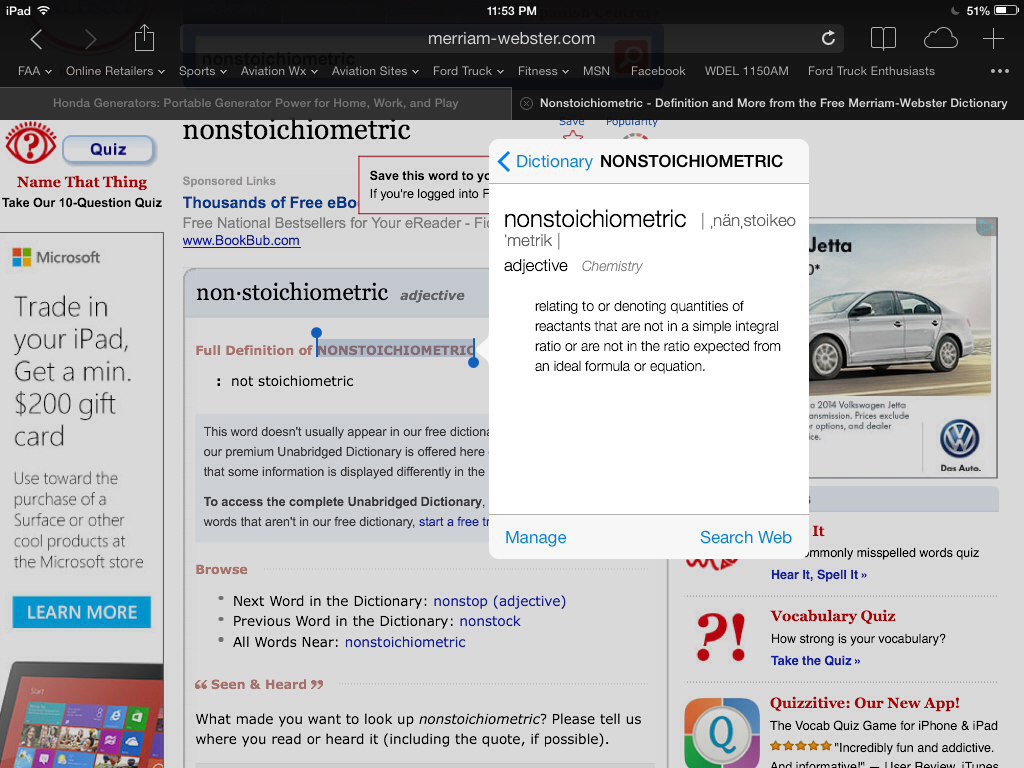Roger all of that, but it won't be my guy doing it. He's out of his league with this and knows it. I've already told him I'm taking the plane to Waterford because they are a GAMI dealer. I will discuss all possible plans of attack that I can think of with them, when I see them.
He'll still be doing my oil changes and incidental mx, at least for now. And he knows I want oil analysis done regularly, and I'll trust (but verify) that he does it. But troubleshooting something like what we're discussing... no.
Verify it by getting the results sent to you.




